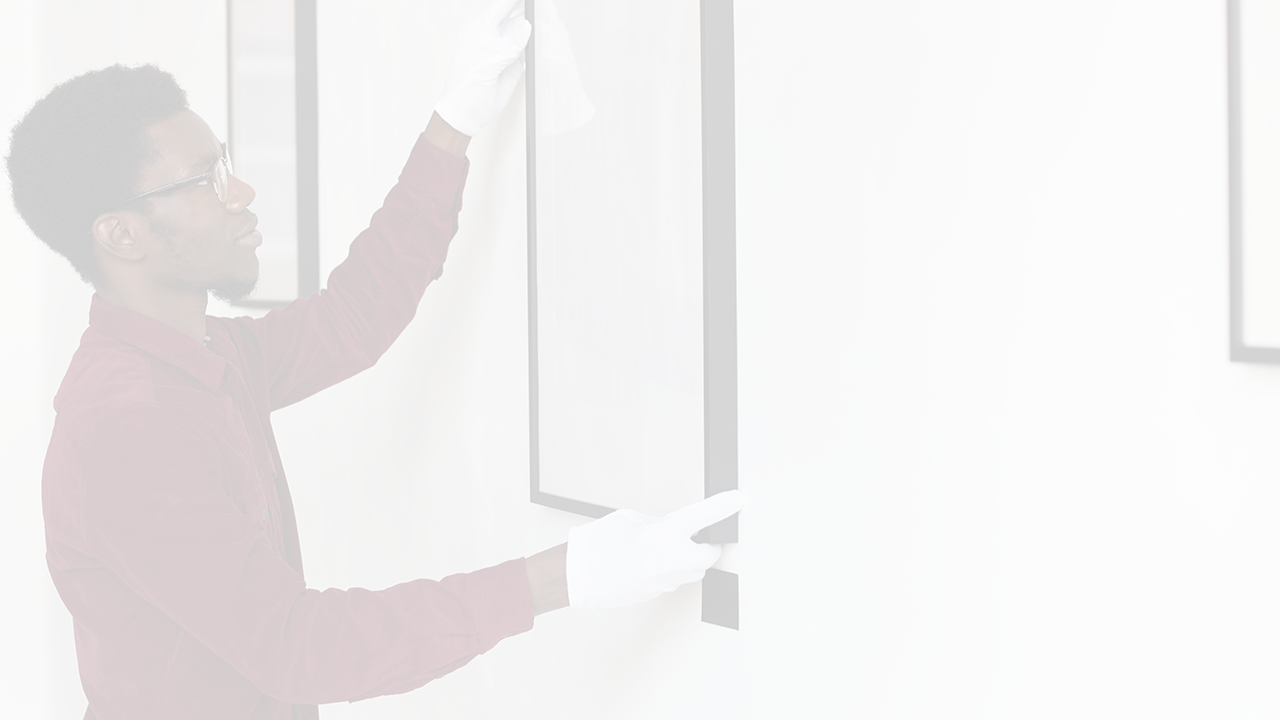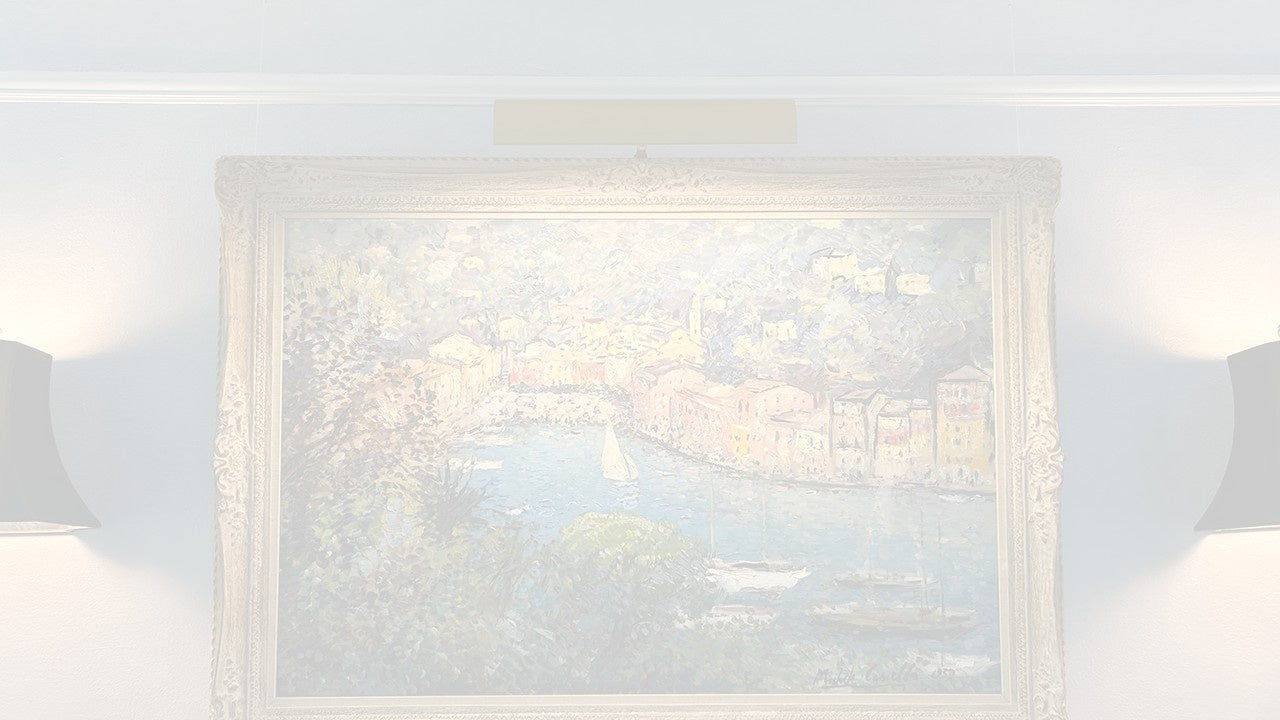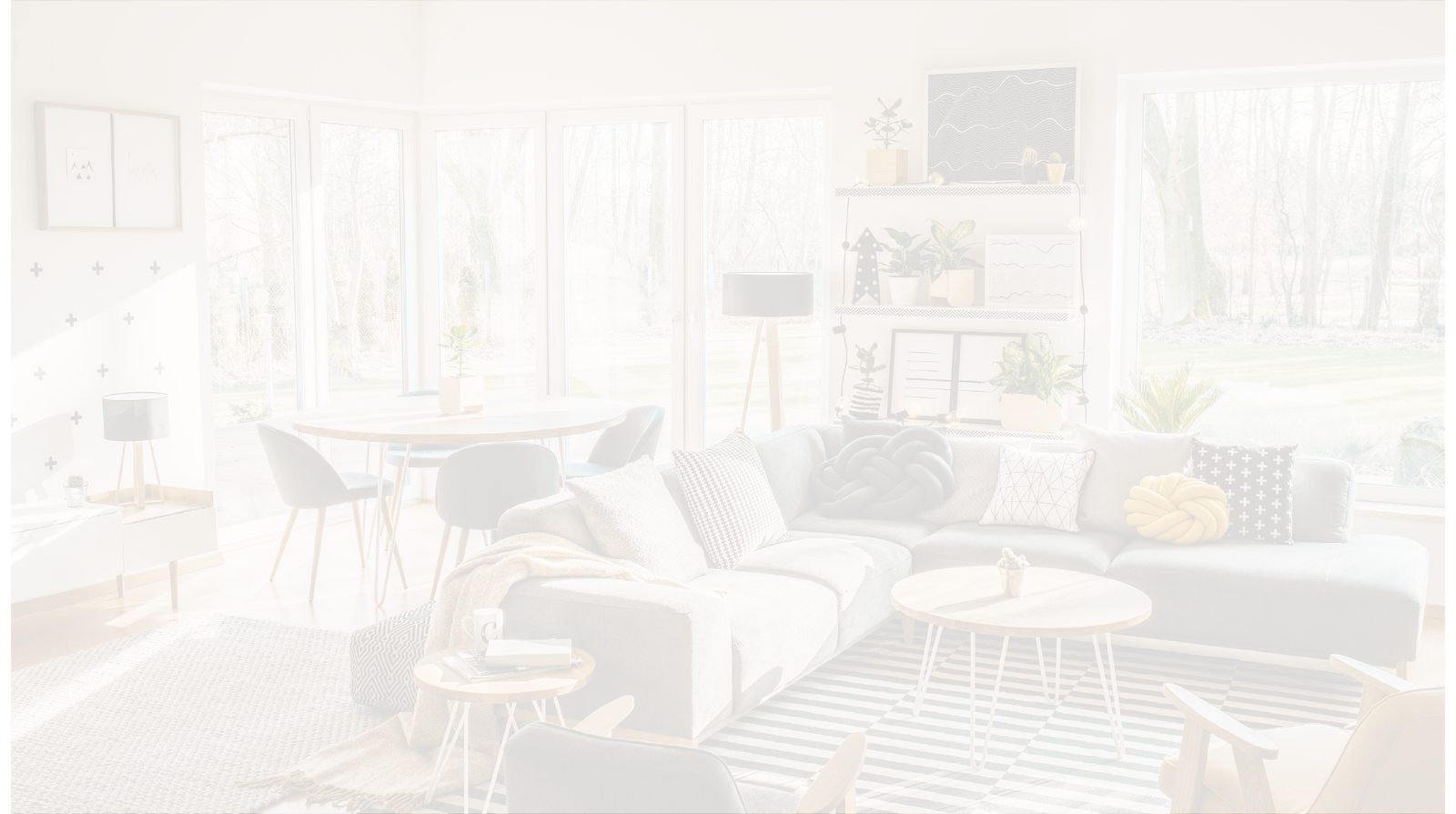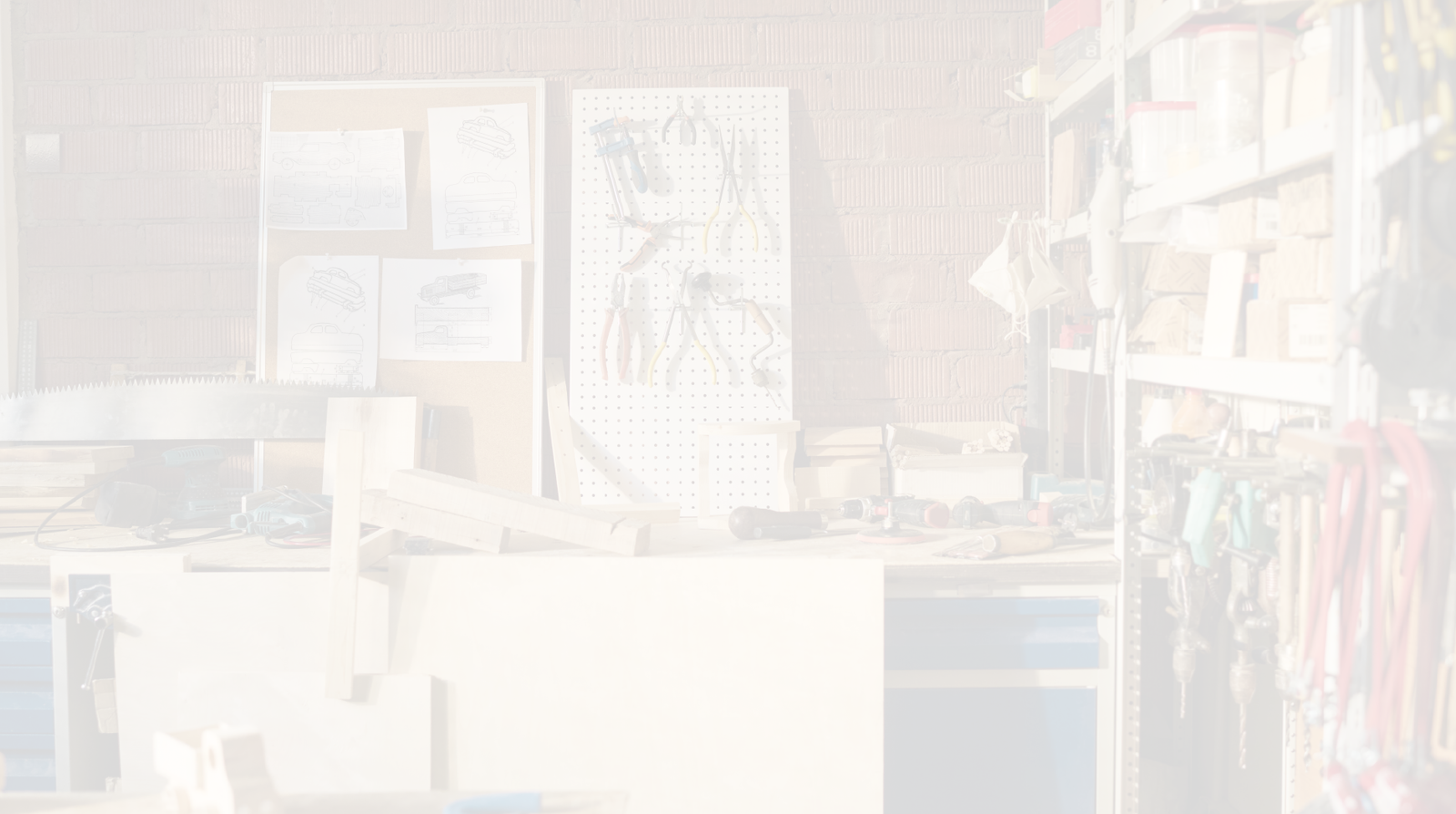Living in a house built in the 40s? You probably have plaster walls, and picture hanging might be a little different for you.
The biggest challenge in dealing with plaster walls is that this type of wall is more brittle than, say, drywall or concrete. This means that there are lesser choices in hardware because not all of them work well with plaster. Doing so will cause the plaster to crack. With plaster walls, you will have to make decisions that prioritize the condition of the plaster wall.
To help you get started, here’s everything you need to know about plaster walls and how you can hang pictures on them the right way.
First Things First: What’s a Plaster Wall?
Before there was drywall, plaster was the go-to choice for walls. Plaster walls are made from strips of wood or lath layered on top of each other. These layers are then nailed to wall studs and coated with plaster for a nice finish.
Plaster wall has a rough and uneven surface, giving off an old-home aesthetic. It’s also thicker and more contour friendly. Plaster walls give home builders the creative freedom to make curves and arches around the ceiling and the walls. On the downside, it’s more brittle and more labor-intensive than drywall.
Now that we’ve got that out of the way, let’s talk about picture hangers for your plaster walls.
How to Hang Pictures on Plaster Walls
When it comes to hanging things on the wall in general, there’s a rule of thumb to remember and that is to hang pictures on wall studs if you can. Wall studs are considered the strongest part of the wall, so it provides a better holding power.
1. Find a wall stud.
Finding a wall stud on plaster walls is tricky because of the inconsistent way that plaster wall is constructed. To find a wall stud in a plaster wall, use a magnetic stud finder that’s proven to work on this type of wall.
According to Toolbox Gadgets, there are 10 great stud finders out there that work on plaster walls. They gave the Homder Digital Stud Finder the highest rating for its excellent alert system and its ability to work well on various surfaces. Check out their review to learn more.
Next, figure out where you want to hang your picture or art and mark it with a pencil. Consider yourself lucky if there’s a wall stud in that area because, sadly, that’s not always the case. So what happens when you want to hang a picture in an area without a wall stud? Well, that’s where wall anchors come in and save the day.
2. Choose what plaster wall anchor to use.
Unlike drywall, most plastic wall anchors won’t really work on plaster. The best anchors to use for plaster walls are Molly Bolts and Toggle Bolts. They provide extra support by expanding on the other side of the wall, holding the screw and your frame securely. Just remember that your anchors should be long enough to go through the plaster and lath.
🔨 PRO TIP: When drilling a hole on a plaster wall, tape the area where you’re drilling using masking tape or painter’s tape. This is to help the plaster stay intact and prevent cracking.
How to Install a Toggle Bolt:
1. Drill the hole on the wall.
2. Take your toggle, fold it towards you and slide it through the hole. When you hear a click sound, that means the toggle flipped open on the other side and is ready to be tightened.
3. Lightly pull out the screw and tighten it. To hang a picture, leave about half an inch of space between the wall and the head of the screw.
How to Install a Molly Bolt:
1. Drill a pilot hole in the appropriate size for your molly bolt to go through.
🔨 PRO TIP: Don’t drill a hole too wide for your molly bolt. The fixing is designed to have claws that bite into the wall to stay in place while you turn the screw.
2. Insert the fixing into the hole, and press the claws into the plaster to secure. Be sure to insert your bracket or picture hanger in between the screw and the anchor itself before attaching it to the wall.
3. Lastly, tighten the screw using a screwdriver. You’ll know that the anchor is already set when the screw becomes harder to rotate. You can also use a wall anchor setting tool if you have one.
3. Choose a picture hanger.
Now you know the type of wall and anchor you’re working with, it will be easier to narrow down your choices in picture hanging hardware. Here’s what we recommend:
Adhesive Hangers
With adhesive hooks, you can skip the drill bit because these hangers stick firmly on the wall thanks to its adhesive backing. They can support objects that weigh 6 pounds or less (with 2 hangers). That means adhesive hangers are ideal for small and ultra lightweight frames and foamboard art and small canvas art.
⚒️ Here’s how to install:
1. Be sure the surface is clean, dry and free from grease or oil.
2. Peel off the liner paper without touching the adhesive surface.
3. Press the hanger down on the object you’re hanging and rub on. The adhesive is activated when it’s evenly rubbed or burnished with a hard smooth object.
4. Allow adhesive to cure to the art for at least 54 hours before hanging.
5. Hang on the wall using hooks, nails or screws.
Brass Hooks
A brass hook is a common solution for hanging picture frames on plaster walls because of its needlepoint nails that penetrate plaster and minimize damage. The nails are made of a hardened blue steel material that works on drywall, wood panels, and plaster walls. Brass hooks come in various sizes, and can support 30 pounds, 50 pounds and 100 pounds respectively.
Now, you might be worried that nails won't hold up well in plaster. That's understandable. The truth is that sometimes, hammering nails can cause the plaster to break loose from the lath supporting it which will sag and fall off eventually. It’s barely noticeable but it’s always a good idea to check it regularly.
To eliminate these risks, here are a few things you could do:
- Install on a wood stud for a stronger hold.
- Avoid over hammering the nails.
- Install at an angle so the nail can function as a hook.
In cases where people say that nails bend easily, it might be caused by the following factors:
- The type of wall you’re hanging on
- The thickness of the wall
- How the nail is hammered to the wall
When dealing with nails on plaster walls, always remember that nails should be hammered at a 45-degree angle, staying at 1” deep into the wall. Another thing to note down is that some houses have concrete or aluminum studs behind their walls. Over hammering nails and attaching them to concrete or aluminum studs are two major reasons why nails bend.
Gallery Systems
For a more subtle and classy way of hanging picture frames, using a gallery system (also known as picture rail system) would be a great idea.
Picture rails are already built into some older houses, so all you folks with this advantage could skip installing one. But for those with a newer home, OGEE or OG picture rail can be purchased at some home improvement stores. It can be nailed to the studs, usually 1/2 to 1 inch below the ceiling, for better holding strength. You can also use our 6-foot gallery wall channel
When installing a Gallery Kit using OGEE rail molding, follow the instructions below:
1. Hang rail hooks on the OGEE rail molding.
2. Attach nylon or steel cord to rail hooks.
3. Install hooks onto cords at the proper heights.
4. Hang frames on hooks.
It’s that easy!
At Picture Hang Solutions, our gallery systems are composed of 2 main categories: brass gallery rods and cable hanging systems.
If you’ve been to an art gallery before, you’d notice that pictures frames and art pieces hang from the ceiling with wires, cord or rods and rail hooks. This is because you don’t have to keep drilling holes when you want to change layouts. And because plaster walls are fragile walls, the gallery system remains to be one of the best picture hanging solutions for this wall type.
Final Thoughts
That was pretty straightforward, right?
Using a gallery system allows you to change decors and layouts anytime without the hassle of drilling and patching holes. The classy overall look and its adjustable features are the reasons why it’s a favorite not just in art galleries, but among homeowners as well.
Plaster walls may crack easily under pressure, but you don’t have to. Just remember these 3 things: wall type, wall anchor, and picture hangers. Then, prepare the right tools and you’re on your way to picture hanging success.












Leave a comment (all fields required)